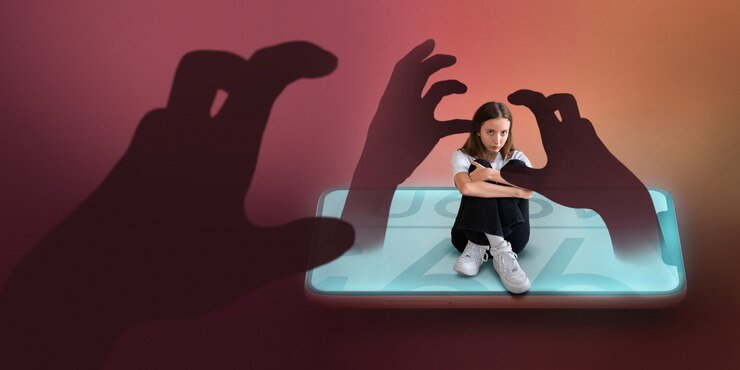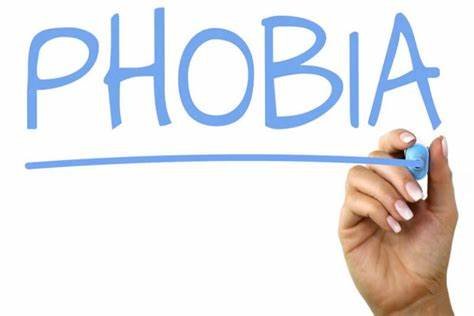HEADLINE: ”DISHEVELED LADY WHO WAS HEARING VOICES HAS BEEN FOUND AND ARRESTED….”
Does this quote look or sound familiar? Did it grab your attention? This headline is in bold print in our local newspaper. Perhaps it is a news personality breaking into our favorite programming. Of course, this happens, at least to most of us at some point in our life. Utterly deplorable and a somber day when this happens. Wow, media strikes again!
Mass Media often reports on people with Mental Illness. Whether it is on the radio or television or even in newspapers and magazines. My feeling is that the folks suffering are not even close to being portrayed accurately. More often than not, the media depicts humankind with a mental illness in an extremely negative way. Often, this causes others to perceive each guy and gal rife with misrepresentation. Other inaccuracies depicted in the media cause judgmental and stereotypical thinking. All of these multiplies the impact of STIGMA and DISCRIMINATION.
Media’s Negative Portrayal of Mental Illness
Worst of all, the media shows people with mental illness as incompetent, dangerous, and undeserving, which deters everyone from understanding each other. Enough is enough!
Realistically, what’s needed are more on the mark representations capturing what someone dealing with these issues is truly like. This way and only in this way, can society discern between what is true or false, stereotype or reality, and characterization versus real-life storytelling. Studies suggest people suffering from a form of mental illness are less likely to commit a violent crime; however, they are more likely to be victimized. How does one like them apples?
The Need for Accurate Representation
People continue to STIGMATIZE and DISCRIMINATE others with mental health problems that look different from everyone else. This is false! Maybe it is their dirty hair or is it torn and tattered clothing being worn. Perhaps it is the wild eyes or the way one is meandering down the street. So, now we are lumping categories altogether. Think about these possibilities. Ultimately, is it because there are signs of mental health difficulties present? Once again, STIGMA and DISCRIMINATION rear their ugly heads.
The Need for Accurate Representation
Do people really appear that different? Of course not. These attributes tell us when casting for characters who look evil, threatening, or at least are unkempt, interviewers need to check prospective candidates thoroughly before hiring. Out there are the homeless who lack funds or possessions to maintain the ability for a pleasing appearance. These folks have a right to perform and can and do possess an assortment of mental health issues. Also, huge numbers get up every day, shower, go to work, and lead productive lives. Both STIGMA and
DISCRIMINATION causes media to portray others dealing with any mental illness dismissively. Applause, applause. Really it does seem like everyone looks and acts similarly, not like what the media often shows.
Stigmatization Based on Appearance
Mass media glamorizes mental health concerns. While many people are beginning to try talking about these issues and gains, recovery isn’t often displayed. Characters portrayed in media formats are rarely shown with any progress or recover from any of their maladies. Suppose. Indeed, humans do eventually improve and get better. In that case, it will only last for a short duration and is only a temporary situation. Ultimately, this creates a belief that there is little or no hope for someone who develops any type of Mental Health problem. Okay, I know, this is another way for media to justify that the words, STIGMA, and DISCRIMINATION do exist.
The Reality of Mental Illness and Stereotypes
In reality, people do recover! With the right combination of medications, therapy, social interactions with family and friends, and using the right mindset, many of these individuals can recover. Maybe in the future, everyone can coexist and live in both peace and harmony.
Media’s Glamourization of Mental Health Issues
Added to this, STIGMA and DISCRIMINATION will be removed from our collective vocabularies. Yes, earlier I said recovery is not only possible, but it is also probable. What do all the readers out there think? Let me know with some comments. Next time, if and when there is a next time. The third installment of these articles will be about how self-stigma affects us and how we can develop other mental health issues. See you in the NewsBlog.
Howard Diamond, is a New York State Certified Peer Specialist from Long Island
Editor note: This is a series article on stigma and discrimination by Howard Diamond.
Read all of Howard’s articles on stigma and discrimination, including STIGMA OR POSSIBLY DISCRIMINATION? .
Certified Peer Specialist from Long Island.
- Howard Diamondhttps://mentalhealthaffairs.blog/author/humoroushoward/
- Howard Diamondhttps://mentalhealthaffairs.blog/author/humoroushoward/
- Howard Diamondhttps://mentalhealthaffairs.blog/author/humoroushoward/
- Howard Diamondhttps://mentalhealthaffairs.blog/author/humoroushoward/










0 thoughts on “STIGMA AND DISCRIMINATION ABUSED BY MEDIA”
Pingback: SELF-STIGMA and DISCRIMINATION using self-thinking – MENTAL HEALTH AFFAIRS